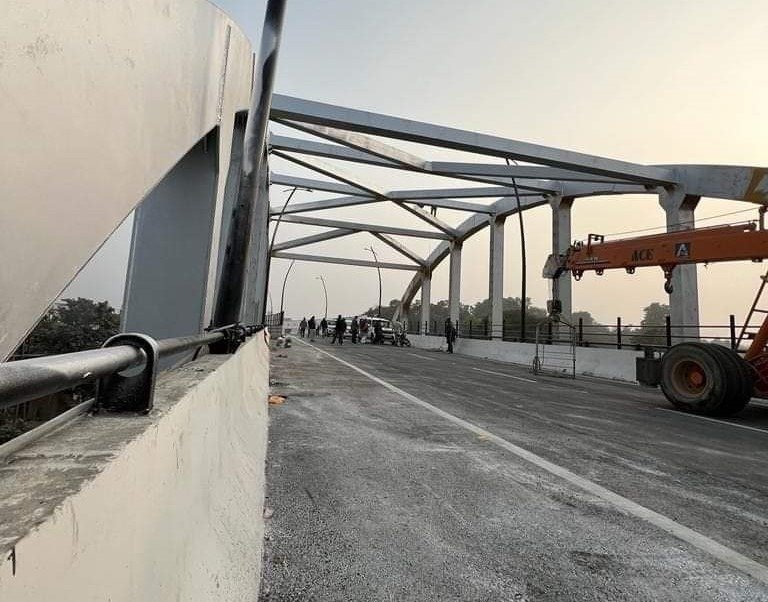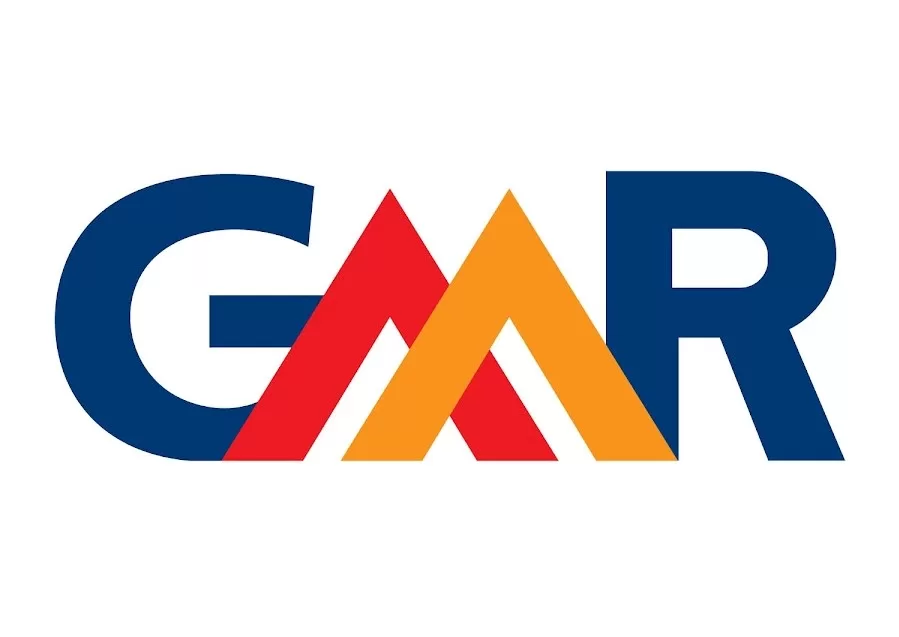PM GatiShakti plans to build 8,890 km of roads and 27,000 km of rail lines in just two years.
Two years after its launch, India has implemented PM GatiShakti’s National Master Plan (NMP), which involves the construction of approximately 8,890 kilometers of roads, 27,000 kilometers of railway tracks, and 920 kilometers of petroleum and natural gas pipelines. The initiative has significantly reduced the time required for the road transport and highways ministry to prepare detailed project reports (DPR), cutting it down to just 15 days from six months.
Sumita Dawra, the special secretary of logistics at the Department for Promotion of Industry and Internal Trade (DPIIT), stated that PM GatiShakti has been adopted by central ministries and all states and Union Territories. It has demonstrated substantial benefits across various infrastructure ministries and states.
In addition, the petroleum and natural gas ministry has introduced the Electronic Detailed Report Survey (e-DRS) tool, which now generates DRS reports digitally within 24 hours, a drastic improvement from the previous six to nine months when manual processes were in place.
Launched in 2021, PM GatiShakti aims to drive next-generation infrastructure development, improve the quality of life, enhance business opportunities, and reduce logistics costs. All logistics and connectivity projects with investments exceeding Rs 500 crore are channeled through the Network Planning Group (NPG) established under the PM GatiShakti initiative.
Dawra noted that PM GatiShakti is evolving as a valuable tool for economic and social planning throughout India and has the potential to become a global planning tool.
According to DPIIT’s analysis, the railways ministry saw a significant increase in the number of final location surveys for railway line construction, rising from 57 in 2020-21 to 449 in 2021-22. Over the past two years, the NPG assessed 115 projects with a total project cost of Rs 11.7 lakh crore, spanning various ministries, including roads, railways, housing and urban affairs, and petroleum and natural gas.
The analysis also revealed that 22 social sector ministries have adopted PM GatiShakti, with more than 200 data layers integrated into the NMP, covering primary healthcare facilities, post offices, hostels, colleges, and particularly vulnerable tribal groups.
To enhance training and capacity building, 25 Central Training Institutes and 30 State Administrative Training Institutes have joined the national planning portal. The Department of School Education and Literacy has mapped approximately 1.47 million schools and 26,000 Atal Thinking Lab Schools on the NMP platform.





